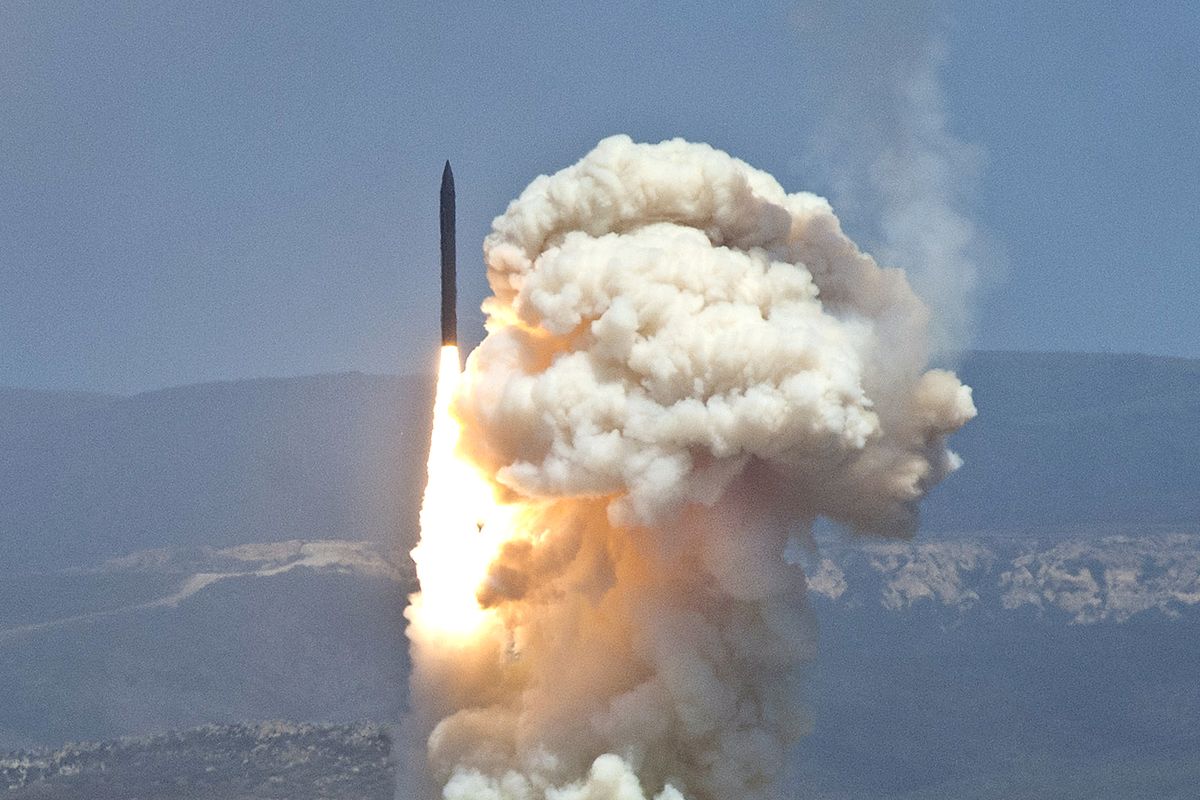
The Pusan perimeter held just long enough for General MacArthur to carry out his now-famous amphibious assault at Inchon, about 20 miles west of Seoul. With the benefit of hindsight, of course, we know the answer to that question. The real puzzle is why they were not used against North Korea. The real historical puzzle, then, is not why nuclear weapons were used against Japan in 1945. If the US had decided to use nuclear weapons against North Korea, there were vanishingly few geopolitical-or even partisan political-guardrails to keep it from doing so. Indeed, by early July 1950, the Pentagon and the commander-in-chief of the Pacific fleet presumed that, if South Korea’s situation became any more desperate, Congress and the public would actually demand the use of atomic weapons. This had short-circuited the emergence of whatever nuclear taboo some might have hoped would develop.


The US had used these special weapons on two prior occasions and to satisfactory effect. If the US had decided to US nuclear weapons against North Korea, it could do so knowing that no retaliatory strike was conceivable.Īnd, of course, there was precedent. Neither the USSR nor the PRC had the bases or bombers needed to threaten the United States directly. The PRC was years away from its even first test explosion. On the other hand, the Soviets had only just conducted their first atomic test explosion in August 1949 and did not manage to weaponize the technology until 1951. By 1950, the US had nearly 300 Mark 4 bombs in its arsenal, a bomber capable of delivering these bombs, and a world-wide basing system that allowed these bombers to drop these bombs on almost every major city on the planet. Nor were the permissive conditions absent. As far as many American decision-makers were concerned, if the use of atomic weapons were needed to forestall a defeat at the North Koreans’ hands, they should be used without hesitation.
#Who did the inoted states bomb free
Despite support from the air and sea, there was a genuine prospect that the US-backed forces would be driven into the sea-with catastrophic results for the fledgling South Korean republic, the nascent UN collective security system, and America’s standing as leader of the anti-communist Free World. North Korean forces had routed those of the Republic of Korea, the US, and the United Nations, forcing them to retreat to a small pocket in the peninsula’s extreme southeastern corner. While the US did use nuclear weapons against Japan in 1945, it did not use them against North Korea in 1950.īy the end of the summer of 1950, things were looking bleak for the US and its allies. This is the stuff of counterfactual history, of course. And in both cases, the strategic payoff made that toll seem acceptable, at least to those US decision-makers who had to make the hard strategic decisions. In both cases, the humanitarian toll was staggering-as was anticipated. In 1950, a very similar weapon had been used to prevent Soviet- and Communist Chinese-backed North Korean forces from decisively defeating US and allied forces in Korea. In 1945, America’s “special weapon” had been used to bring the Pacific War to an end before the Soviet Union could strengthen its post-war position in the region. But as was the case five years earlier, dropping the bomb had its intended strategic effect. A member of the US Postwar Bombing Survey, Captain Michael Thomas, cataloged the human toll: 29,000 dead due to blast and heat, another 35,000 from acute radiation syndrome (ARS), and thousands more of complications in the years and decades to come. As with Hiroshima and Nagasaki, the effect of the air-burst explosion was devastating. With vanishingly few geopolitical-or even partisan political-guardrails to keep her from doing so, why did the United States not drop the bomb in the later war?Īt 10:15 at night on September 6, 1950, a B-29 Superfortress of the 98th Bombardment Group of the US Far East Air Force dropped a Mark 4 plutonium bomb on Pyongyang, capital of North Korea.

While the United States used nuclear weapons against Japan in 1945, she did not use them against North Korea in 1950.


 0 kommentar(er)
0 kommentar(er)
